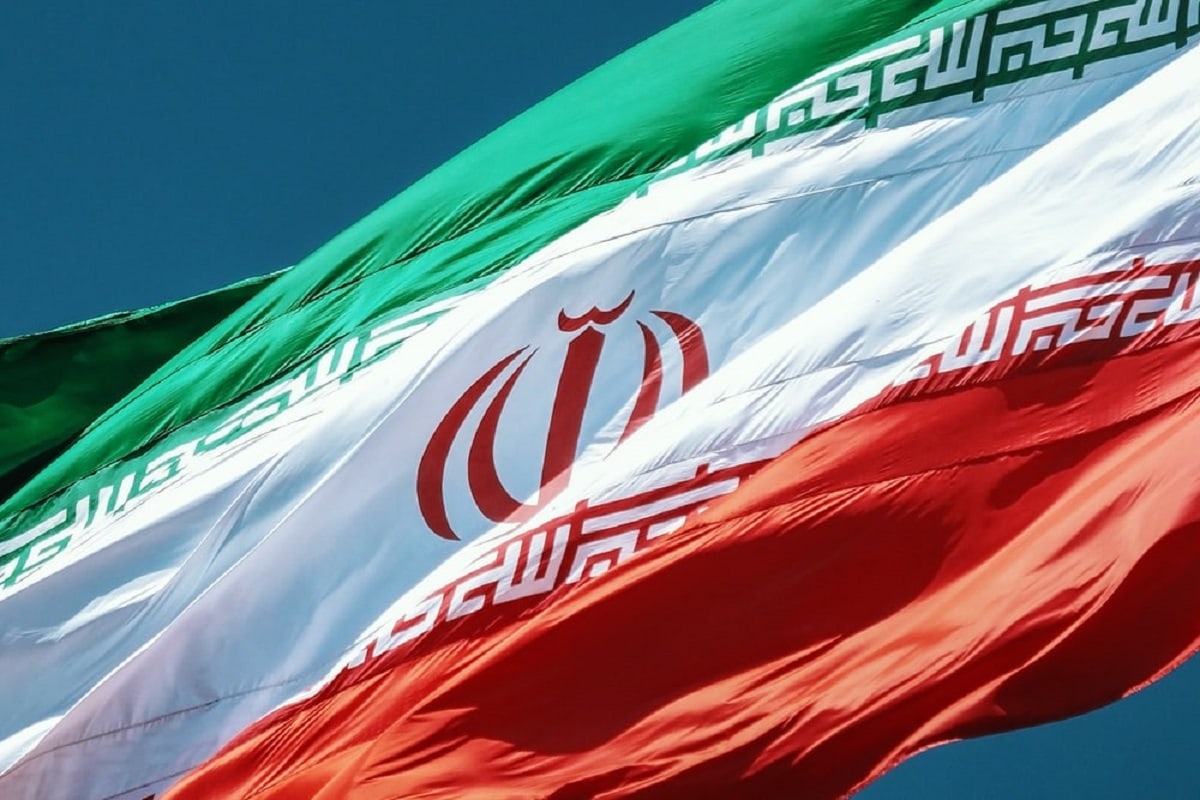There’s a new campaign trending on Persian social media that has many Iranians saying “I delegate” (#وکالت_میدهم). It is a symbolic effort to elevate Reza Pahlavi, the son of the late Shah and former heir apparent, as the leader of the revolution in Iran. Starting as a hashtag tweeted out by many of the most influential Iranian voices, including former national soccer team captain Ali Karimi whose anti-regime social media posts in September inspired many to join the protests and turned him into an opposition leader. The message turned into a petition and, so far, within just days of its creation, the petition has gathered nearly 400,000 signatures. The effort, albeit symbolic, is significant because it suggests that the revolution is maturing.
The Islamic Republic’s legitimacy has been entirely diminished over the last decade, with the omnipresent dissent movement evolving into a revolutionary one. Meanwhile, the regime repeatedly deployed its violent playbook to repress Iranians’ revolutionary protests, most notably in 2017 and 2019. But those protests rose spontaneously and, lacking direction and facing suppression, dissipated.
The struggle for the leadership of the Iranian dissent movement was a result of the regime’s strong foothold. Its totalitarianism meant that no opposition entity, individual or group, could rise to prominence inside Iran. Within the diaspora, despite all the talk about regime vulnerability, petty infightings belied that the regime was internally vulnerable.
Over the past several years though, the regime showed signs of serious internal vulnerability for the first time. Embarrassing internal leaks, anti-regime messages from within the rank and file of the security forces, and growing waves of revolutionary protests convinced Iranians within the diaspora that, for the Islamic Republic, the end could be nigh.
In 2022, when the murder of Mahsa Amini sparked a new and awe-inspiring wave of protests, the wave initially shared some characteristics that disabled previous ones from lasting: The protests were largely chaotic, shapeless, and leaderless. But this wave has also been far more enduring than before, going uninterrupted for four months and counting. And, most importantly, it appears to have finally done the trick of visualizing a free Iran to Iranians.
The campaign to elevate Mr. Pahlavi is a sign that the revolution is maturing. For years, Iranians engaged in infighting over republicanism and monarchism and left against right, relitigating the mistakes of the 1970s, and theorizing over the future of Iran. They exercised politics intellectually because the country was not ready for a revolution. Yet these intellectual exercises were not in vain. These debates, as well as time, helped Iranians of different factions reconcile. Pro-reform factions, genuine or disingenuously lobbying for the regime, lost legitimacy once the reform movement inside Iran itself lost legitimacy, a development that opened the eyes of the diaspora to the maliciousness of the National Iranian-American Council (NIAC). Equally important, different anti-regime factions, organizations, and leaders rose and fell. The sole individual or group that has endured is Mr. Pahlavi, convincing Iranians that he’s their best chance for a leader to bring this revolution to a successful conclusion and ensure an orderly transition to democracy.
Mr. Pahlavi is a unique case. He is royalty whose personal preference is an Iranian republic, yet he has bound himself to the people’s vote if they decide to restore the monarchy. He is liberal and U.S.-educated. Father of three daughters, if Iranians opt for a monarchy, they will by default be opting for their nation’s first queen to succeed Mr. Pahlavi. Unlike most others, he has never acknowledged the legitimacy of the Islamic Republic. Quite the opposite, he was the first revolutionary when everyone wanted to give the regime a chance. These factors, among others, make him an appealing figure.
In the 1970s, the Islamic Revolution succeeded via satellite leadership. Ruhollah Khomeini, the man who succeeded the late Shah as Iran’s absolute monarch, disguised as supreme leader, spent over a decade in exile. He returned to Iran ten days before the military surrendered power following the Shah’s departure, when the collapse of the Pahlavi monarchy was all but official, a momentous change he had organized from Iraq and later France. Mr. Pahlavi could now use the same playbook for a far nobler cause.
There are challenges. Unlike during the 1970s, there are no civil society organizations to organize through. The internet makes communication easier, but the reliance on it means that, if the government disconnects it, the revolution, and the line of communication with Mr. Pahlavi, will be nearly paralyzed. These challenges, however, are not insurmountable if the Iranian diaspora, with the support of the United States and its European allies, continues to show the maturity and unification we are currently witnessing.
The end of the Islamic Republic remains implausible in the next few months. But for the first time its survival in the long-term is even more difficult to imagine because Iranians are operationalizing dissent beyond sporadic and disorganized mass demonstrations. Their revolution is finally maturing out of adolescence.
Opinion Contributor Biography and Expertise: Andrew Ghalili and Shay Khatiri are both Senior Policy Analysts for the Jewish Institute for National Security of America (JINSA). Khatiri, an immigrant from Iran, writes for the Substack The Russia-Iran File.

